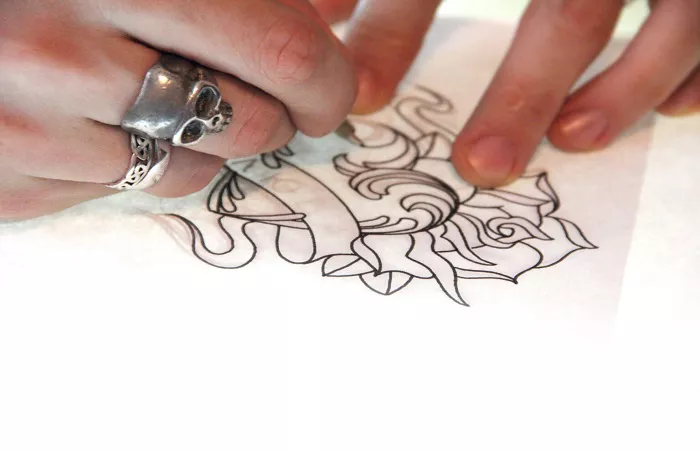Carlos Alcaraz etched his name further into tennis history on Sunday, mounting a sensational comeback to defeat world No. 1 Jannik Sinner and claim his first French Open title in a marathon five-set final at Roland Garros.
The 22-year-old Spaniard triumphed 4-6, 6-7 (4), 6-4, 7-6 (3), 7-6 (10-2) after 5 hours and 29 minutes—the longest men’s final in French Open history. With the victory, Alcaraz secured his fifth Grand Slam title and became the youngest man since Rafael Nadal to win back-to-back singles titles in Paris.
Sinner, who appeared to be in control when serving for the match at 5-3 in the fourth set, was ultimately outlasted by Alcaraz’s resilience, physical endurance, and signature fighting spirit in front of a charged crowd on Court Philippe-Chatrier.
The match broke a four-decade-old record for the longest French Open final, previously held by Mats Wilander’s 1982 win over Guillermo Vilas, which lasted 4 hours and 42 minutes. It also ranks as the second-longest Grand Slam final in the Open Era, trailing only the 2012 Australian Open final between Novak Djokovic and Rafael Nadal, which ran 5 hours and 53 minutes.
Adding to the magnitude of his victory, Alcaraz saved three championship points—an unprecedented feat in a Grand Slam final during the Open Era.
Following the match, attention turned to a quirky subplot that has accompanied Alcaraz’s career: his tattoo tributes to Grand Slam victories. After winning the US Open in 2022, Alcaraz commemorated the moment with a tattoo of the date and the initials “CCC”—an homage to his grandfather’s mantra: cabeza, corazón, cojones (head, heart, and courage). A year later, after his Wimbledon triumph, he added a strawberry tattoo on his leg, referencing the All England Club’s traditional strawberries and cream. After his first French Open title in 2024, he inked the Eiffel Tower on his left leg as a tribute to Paris.
Speculation around a fourth tattoo arose once again after his successful Roland Garros title defense. Asked about it in his post-match press conference, Alcaraz responded with a laugh: “I mean… I have to ask my father.”
He went on to explain that after his second Wimbledon win in 2024, he considered getting a tattoo to mark the moment, but his parents expressed concern over how frequently he was getting inked. To reassure them, Alcaraz made a deal: only his first victory at each Slam would be tattooed.
“I told my parents, just to calm them, that it was only the first one in every major,” he said.
That agreement explains the absence of any new tattoo following his Wimbledon defense last year—and likely means the next piece of body art will be reserved for an Australian Open victory, the only major missing from his collection. Alcaraz had previously promised to get a kangaroo tattoo if he won in Melbourne, but that bid was cut short in the 2025 quarterfinals by Novak Djokovic.
Despite opting not to mark this French Open win with fresh ink, Alcaraz’s legacy on clay continues to grow. Nadal, who dominated Roland Garros with four straight titles from 2005 to 2008, was among the first to congratulate the young champion—whose own path on clay is beginning to mirror that of the Spanish legend.
As the grass-court season approaches, attention now turns to whether Alcaraz can defend his Wimbledon crown and complete a rare three-peat. If he does, the strawberry tattoo might just get some company after all.
Related topics:

